This shows that the team needs to make strong changes soon, especially in the context that teams in the region are actively transforming and making their mark by taking advantage of naturalized players.

Opponents increase naturalization
After 11 years, our men's football team has suffered such a heavy defeat against Malaysia in an official match. Although some key players were absent due to injury and some players were out of form, this was not the key reason for the defeat. The core problem lies in the fact that the Malaysian team has strengthened its strength with a series of naturalized players from South America and Europe. Before that, Indonesia also transformed with a fast, high-intensity playing style thanks to naturalized players from the Netherlands, Nigeria, and Brazil.
Looking back at the recent defeat of the Vietnamese team, Malaysia fielded 9 naturalized players, possessing ideal physique, speed, technique and the ability to quickly integrate into the tactical system. These players not only exerted strong pressure but also paralyzed all of the Vietnamese team’s offensive and defensive efforts.
Commentator Vu Quang Huy commented that the trend of naturalizing players in Southeast Asia is clearly increasing, especially in Malaysia, Indonesia and the Philippines. They have a methodical way of selecting players who are playing in top European and South American leagues. In a short time, Malaysia has naturalized 20 very high-quality players from Argentina, Brazil, Spain... They are players with outstanding physical strength and speed compared to the general level and play in the squads of top teams. Meanwhile, most of the foreign players playing in V.League are at a lower level.
Expert Phan Anh Tu also agreed that, with the current trend, to face teams with strong naturalized forces like Malaysia or Indonesia, the coaching staff of the Vietnamese team needs to build more specific countermeasures. Looking back at the loss to Malaysia, coach Kim Sang Sik's tactics were not a big problem, he focused on arranging a dense defense. If the Vietnamese team did not play like that, they would have "broken" in the first half.
The worrying thing is that the Vietnamese players are completely outclassed in one-on-one situations, which makes the team unable to connect and easily be counter-attacked. The lack of a striker with enough size and strength like Nguyen Xuan Son (absent due to injury) also makes the long ball deployment of the Vietnamese team harmless. The current strikers lack speed and cannot create pressure on the opponent's defense - a factor that used to be a strong point in the team's previous counter-attacking system.
Prioritize youth training and physical development
Although there are still about 9 months to go until the rematch with Malaysia in the second leg of the qualifying round, the Vietnam national team's coaching staff needs to urgently restructure its personnel, especially in key positions. One of the solutions mentioned is to continue exploiting the potential of overseas Vietnamese players - those who have been trained abroad.
In fact, the Vietnam Football Federation (VFF) has been actively looking for high-quality overseas Vietnamese players to supplement the national team, such as two typical cases: goalkeeper Nguyen Filip and defender Cao Pendant Quang Vinh, who are in the mainstay group. However, not all overseas Vietnamese players can adapt easily. Language barriers, lifestyle, time zones, weather conditions and even match schedules from the host clubs are difficult problems to overcome.
VFF Vice President Tran Anh Tu said that these problems cannot be solved overnight. Organizing training sessions according to the FIFA Days schedule and bringing overseas Vietnamese players aged 17-22 back to test their skills is a long-term approach. That also means that a long-term roadmap is needed to improve the strength of the Vietnamese team, and it is not possible to import strength quickly like Malaysia or Indonesia.
According to VFF President Tran Quoc Tuan, using naturalized players is only a short-term solution. In the long term, if football wants to develop sustainably, it must start from the root. Vietnamese football needs to invest heavily in youth training, improving physique, strength, speed and tactical thinking. Vietnam needs to invest more in training centers, from selection, training to international competition opportunities. Academy models like Hoang Anh Gia Lai JMG, PVF, Viettel or effective training models from clubs like Hanoi FC, Nghe An... need to be replicated. At the same time, there needs to be a policy to send young players abroad to compete, accumulate experience and courage before returning to serve the national team.
Reality has proven that sustainable development can only come from mastering resources. Naturalizing players can be a lever, but internal training is the long-term foundation for sustainable development of Vietnamese football. This is the path that leading football teams in the continent such as Korea and Japan have chosen and Vietnam should not take shortcuts.
Source: https://hanoimoi.vn/doi-tuyen-bong-da-viet-nam-bai-hoc-kinh-nghiem-tu-dau-truong-asian-cup-705606.html



![[Photo] Prime Minister Pham Minh Chinh attends the World Congress of the International Federation of Freight Forwarders and Transport Associations - FIATA](https://vphoto.vietnam.vn/thumb/1200x675/vietnam/resource/IMAGE/2025/10/08/1759936077106_dsc-0434-jpg.webp)

![[Photo] Prime Minister Pham Minh Chinh inspects and directs the work of overcoming the consequences of floods after the storm in Thai Nguyen](https://vphoto.vietnam.vn/thumb/1200x675/vietnam/resource/IMAGE/2025/10/08/1759930075451_dsc-9441-jpg.webp)



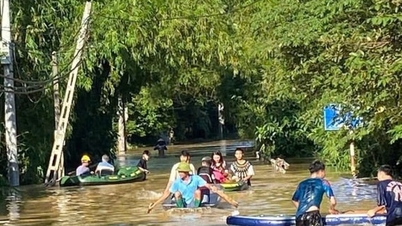
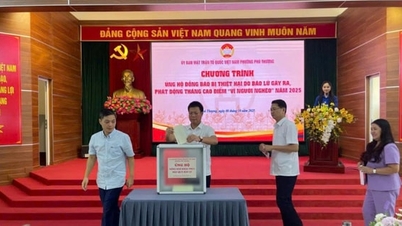
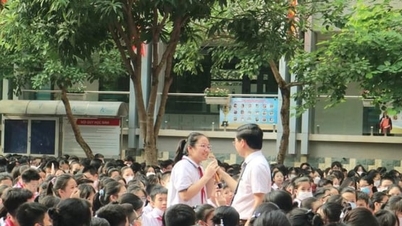
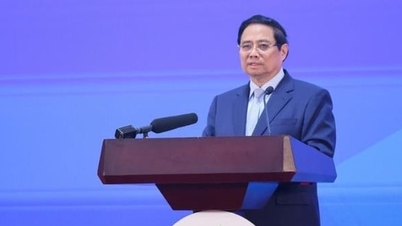
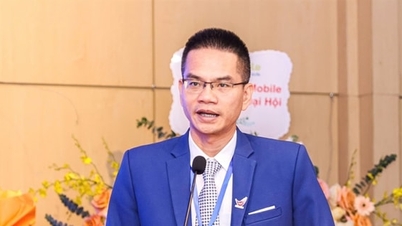


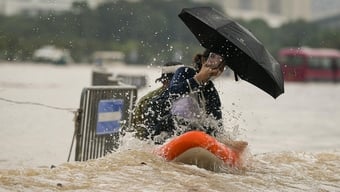


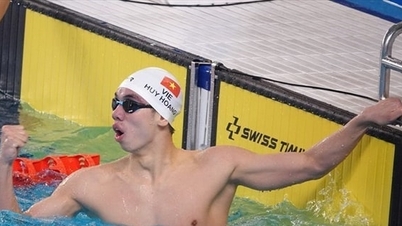
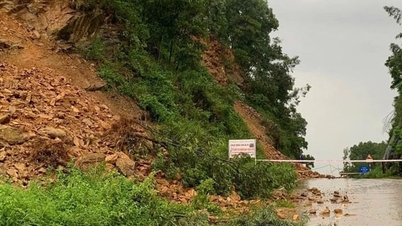
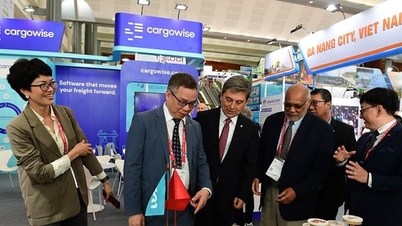

![[Photo] Closing of the 13th Conference of the 13th Party Central Committee](https://vphoto.vietnam.vn/thumb/1200x675/vietnam/resource/IMAGE/2025/10/08/1759893763535_ndo_br_a3-bnd-2504-jpg.webp)


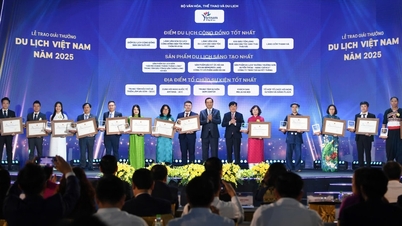





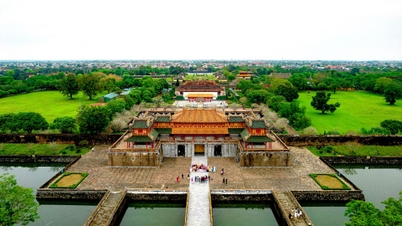





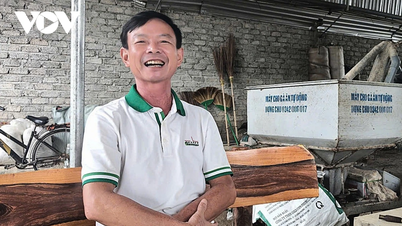

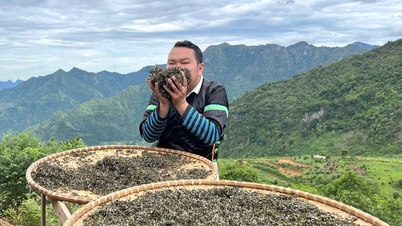



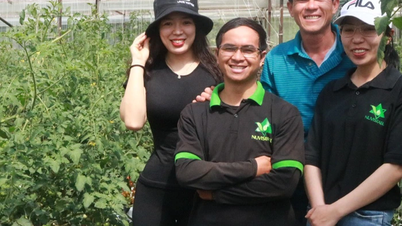

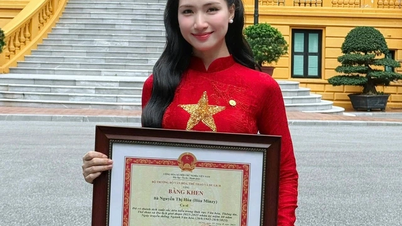
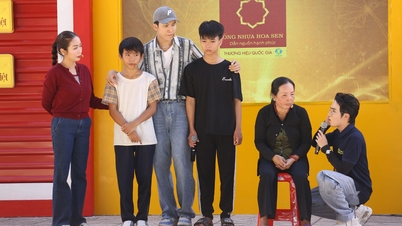
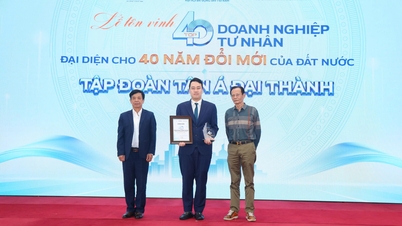




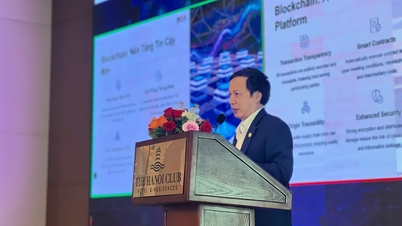








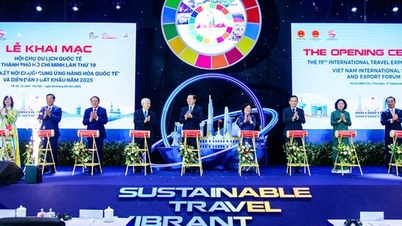




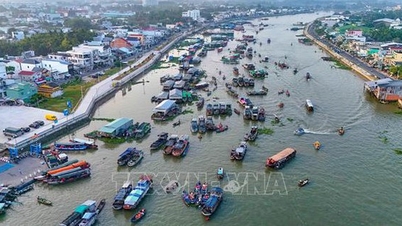



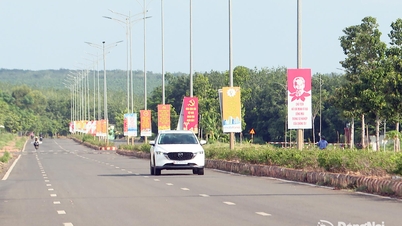









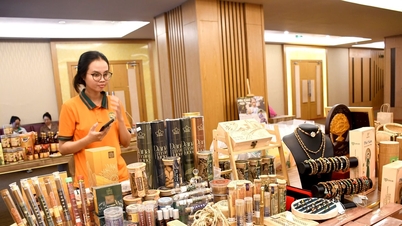



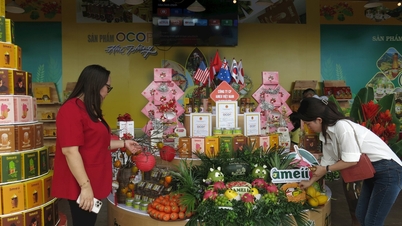



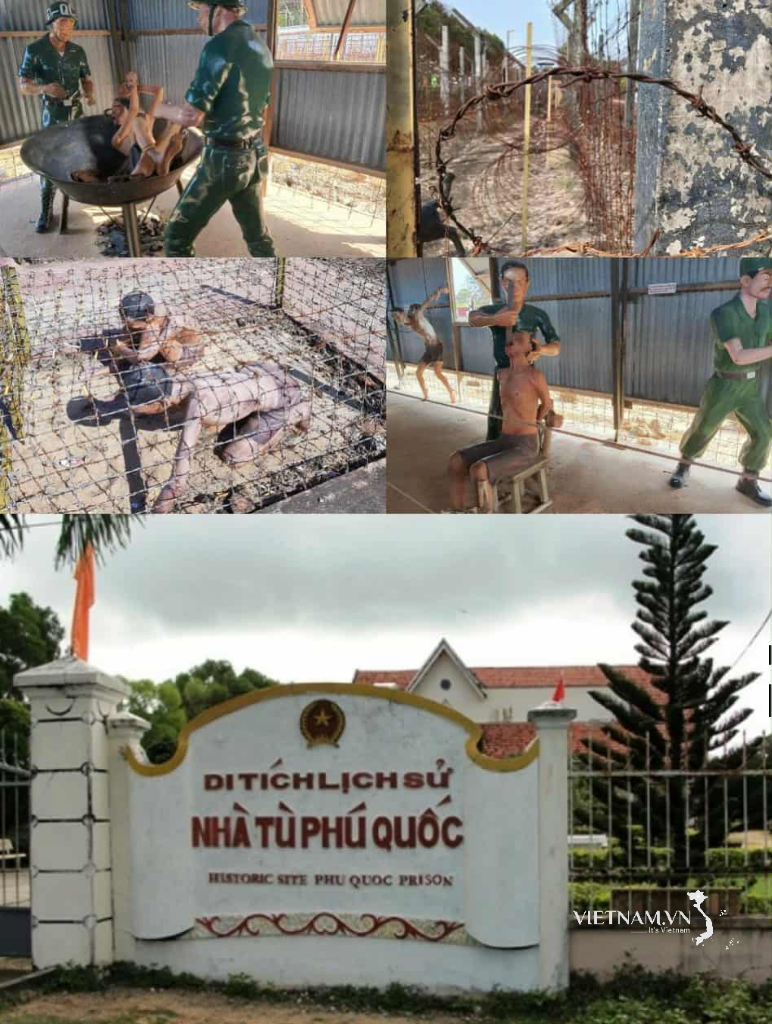


Comment (0)